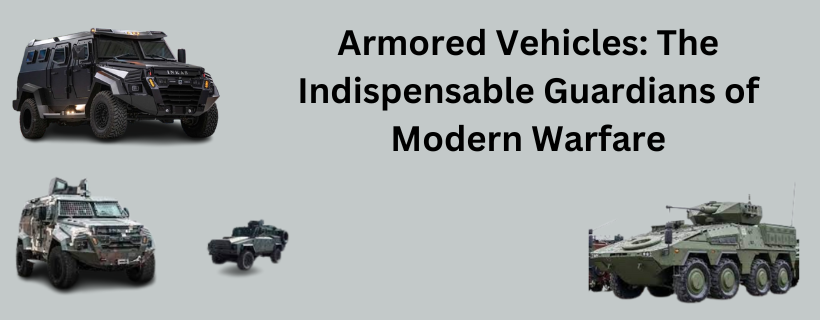In the ever-evolving landscape of warfare, the role of armored vehicles stands as an indispensable cornerstone. These mechanized behemoths, born from the crucible of conflict and continuously refined by technological advancements, serve as the vanguards of defense, mobility, and strategic supremacy on the battlefield.
The Evolution of Armored Vehicles
From the trenches of World War I to the contemporary battlegrounds of asymmetric warfare, the journey of armored vehicles has been one of continual adaptation and innovation. The early armored cars and rudimentary tanks, once conceived as solutions to traverse impassable terrains, have metamorphosed into highly sophisticated, multifaceted machines engineered for protection, firepower, and strategic maneuverability.
Technological Advancements
The heartbeat of modern armored vehicles resides in their technological prowess. Advanced composite armor, reactive armor panels, and sophisticated ballistic systems have elevated the protective capabilities of these machines, offering enhanced defense against evolving threats like improvised explosive devices (IEDs), rocket-propelled grenades (RPGs), and anti-tank missiles.
Moreover, the integration of cutting-edge sensor arrays, AI-driven systems, and communication networks has endowed armored vehicles with unprecedented situational awareness and coordination, enabling swift, precise, and effective responses on the battlefield.
Versatility in Functionality
The versatility of armored vehicles transcends traditional military applications. Beyond their role in conventional warfare, these adaptable platforms find deployment in peacekeeping missions, disaster relief operations, law enforcement scenarios, and even civilian applications. Their ability to traverse harsh terrains, provide secure transportation, and deliver tactical support makes them indispensable across various domains.
Challenges and Ethical Considerations
However, with their increasing sophistication comes a new set of challenges and ethical considerations. The cost, maintenance, and logistical demands of these high-tech machines pose economic challenges to many nations. Additionally, questions surrounding the ethical use of armored vehicles in conflict zones, civilian protection, and the potential for civilian casualties remain pressing concerns.
The Future Frontier
Looking ahead, the trajectory of armored vehicles points toward further integration of autonomous capabilities, swarm technology, and even more advanced defensive measures. The fusion of AI, robotics, and next-gen materials promises to reshape the landscape of warfare, emphasizing precision, reduced human risk, and unparalleled efficiency.
Conclusion
In the tapestry of military might, Véhicules Blindés stand not just as machines of war but as guardians of security, enablers of peacekeeping, and embodiments of technological prowess. Their evolution from humble beginnings to cutting-edge marvels mirrors the progression of warfare itself—a testament to human ingenuity, adaptability, and the unceasing quest for superiority on the battlefield.
Armored vehicles, with their robustness, adaptability, and technological sophistication, remain a vital instrument in the ever-evolving theater of conflict, poised at the forefront to safeguard nations, protect lives, and shape the outcomes of modern warfare.





Comments